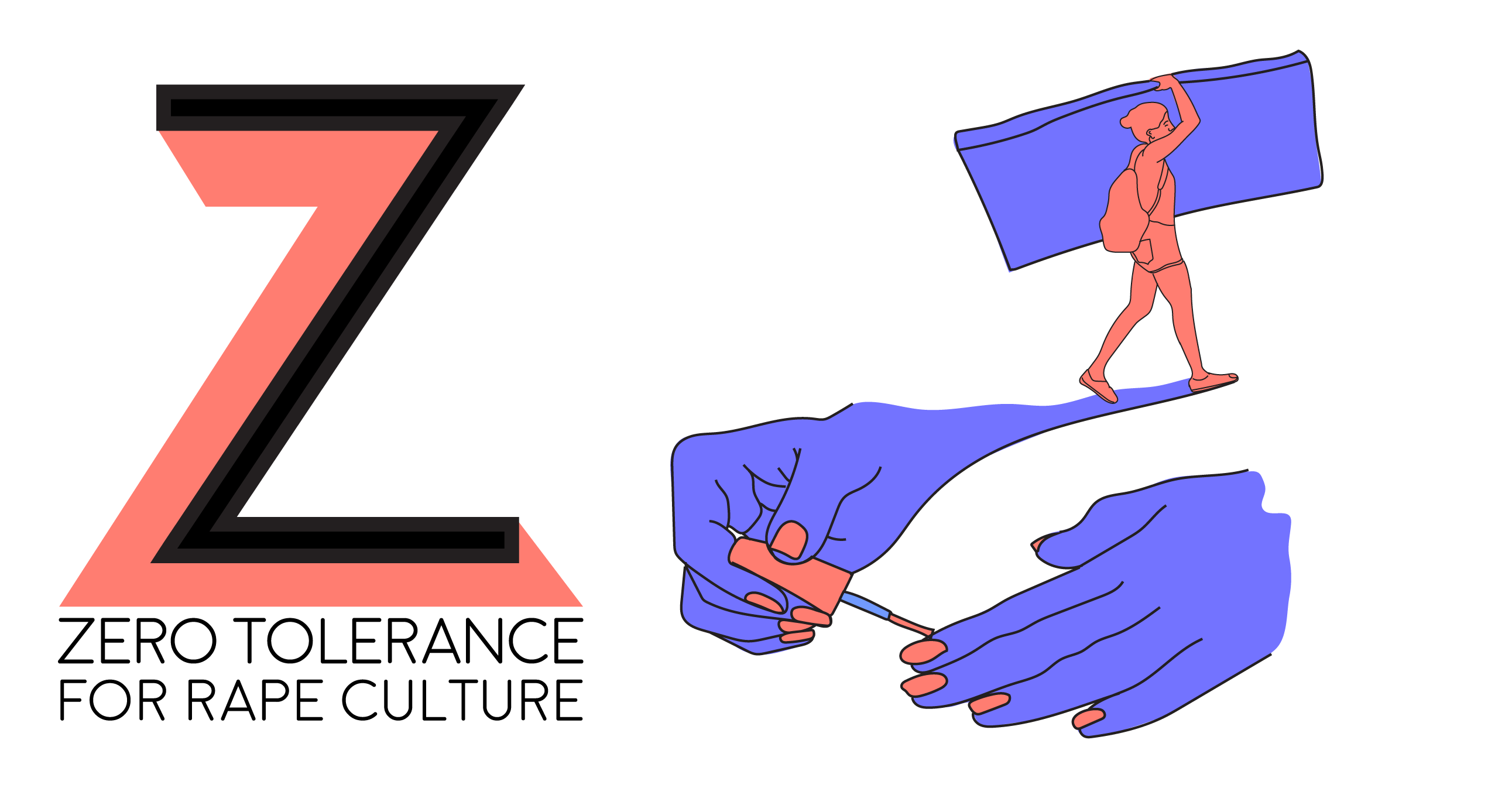A is for Abortion
On Wednesday, Jan. 15, the Supreme Court began to hear arguments about a Massachusetts law that is being challenged as unconstitutional.
The law creates a 35-foot buffer zone around all reproductive health care facilities, which restricts the access of protesters and sidewalk counselors.
Arguing that this is a violation of her First Amendment rights, Eleanor McCullen, a member of an anti-choice organization called Operation Rescue, stated that “It’s America. I should be able to walk and talk gently, lovingly, anywhere with anybody.”
The painted yellow lines on the ground restrict access for these types of groups to use persuasion as a means to try to stop abortions from occurring. McCullen also states that the other members of Operation Rescue try to provide medical help and housing, along with baby showers, for women who listen and do not have an abortion.
Those arguing against the law state that because of the buffer zone, communication of anti-choice beliefs cannot happen as effectively as before the law was in place.
McCullen and her associates, argue that this restriction is a violation of their First Amendment rights as they want to be able to express different views than those of the employees and doctors, the only individuals allowed in the zone.
Justice Ruth Bader Ginsburg told McCullen’s lawyer, Mark Rienzi, that the law in Massachusetts was created because of “a considerable history of disturbances and blocking the entrance [of facilities that perform abortions].”
Some of these disturbances include the 1994 shootings of two separate clinics by the same gunman, killing two receptionists and injuring five other volunteers. These clinics had experienced harassment from anti-choice groups before the attack, including yelling, blocking cars, and holding signs with graphic images.
Justice Elena Kagan gave an alternative opinion saying, “I guess I’m a little hung up on why you need so much space.” The state’s lawyer, Jennifer Miller, responded by arguing that there is no guarantee the conversations held in the area around the clinics will be quiet or peaceful.
In 2000, a similar law in Colorado was upheld which recognized a one hundred foot buffer zone around all health care facilities, and established another eight foot buffer zone around each individual protecting them from any form of protest or counseling without consent.
In Massachusetts, the only exceptions to the law are: people passing through the 35-foot area to get to another area, those coming out or going into another building, police officers and other types of law enforcement and health officials, and the employees of the clinic.
This law is much stricter than any other brought before a high court, which makes the final decision on this case one of the most important of the year.
The Supreme Court has until the summer to decide on a vote. As of now, with more conservative justices on the court, it is difficult to predict the decision.





I recall taking a friend to Dr. Tiller’s clinic in Kansas for her abortion and having our car blocked by the protesters, who were screaming at us. I’ve never been so scared in my life. The people who protest at the clinic where I escort are quieter, but I’m still glad for the women who aren’t dealing with the protesters being in their faces.